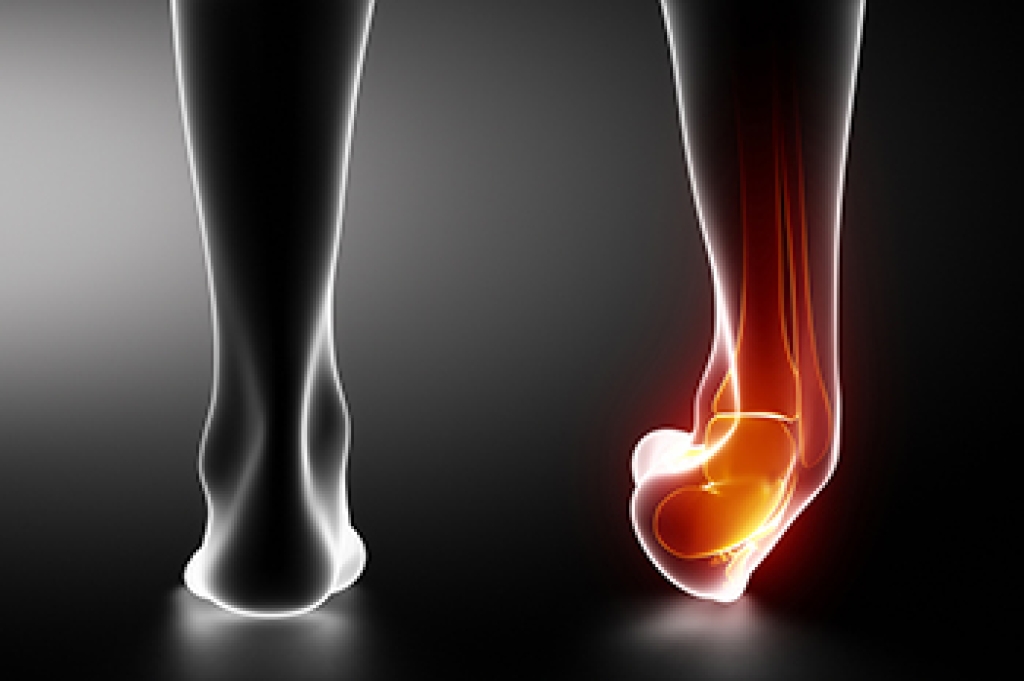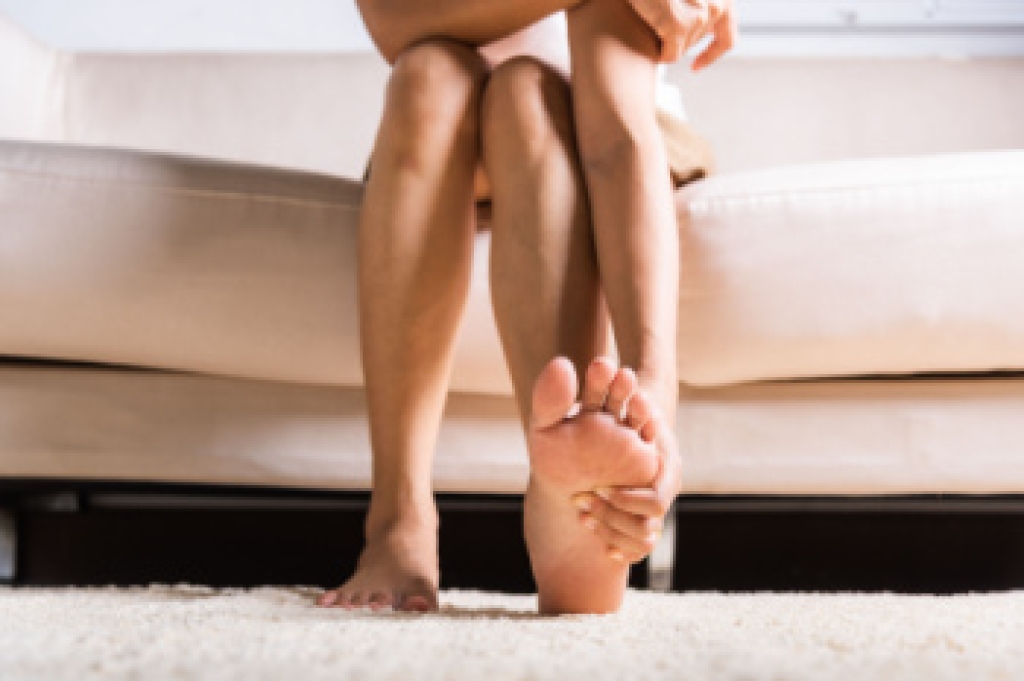
A blister on the foot can become infected when bacteria enter through broken skin, often caused by friction from tight shoes or repetitive motion. An infected blister may appear red, swollen, and filled with cloudy fluid. The surrounding area may feel warm or tender. Attempting to pop or drain a blister increases the risk of deeper infection and possible tissue damage. If untreated, the infection can spread to surrounding tissue or bone, leading to serious complications. A podiatrist can properly drain an infected blister in a sterile manner, prescribe necessary medication, and assess whether further care, such as wound cleaning, is needed. A podiatrist can also determine underlying causes, like poorly fitting shoes or biomechanical issues, that contribute to recurring blisters. If you believe you have an infected blister on your foot, it is suggested that you make an appointment with a podiatrist for a diagnosis and safe, sterile treatment.
Blisters are prone to making everyday activities extremely uncomfortable. If your feet are hurting, contact one of our podiatrists of Podiatry Services . Our doctors can provide the care you need to keep you pain-free and on your feet.
Foot Blisters
Foot blisters develop as a result of constantly wearing tight or ill-fitting footwear. This happens due to the constant rubbing from the shoe, which can often lead to pain.
What Are Foot Blisters?
A foot blister is a small fluid-filled pocket that forms on the upper-most layer of the skin. Blisters are filled with clear fluid and can lead to blood drainage or pus if the area becomes infected.
How Do Blisters Form?
Blisters on the feet are often the result of constant friction of skin and material, usually by shoe rubbing. Walking in sandals, boots, or shoes that don’t fit properly for long periods of time can result in a blister. Having consistent foot moisture and humidity can easily lead to blister formation.
Prevention & Treatment
It is important to properly care for the affected area in order to prevent infection and ease the pain. Do not lance the blister and use a Band-Aid to provide pain relief. Also, be sure to keep your feet dry and wear proper fitting shoes. If you see blood or pus in a blister, seek assistance from a podiatrist.
If you have any questions, please feel free to contact our office located in Murrieta, CA . We offer the newest diagnostic and treatment technologies for all your foot care needs.




